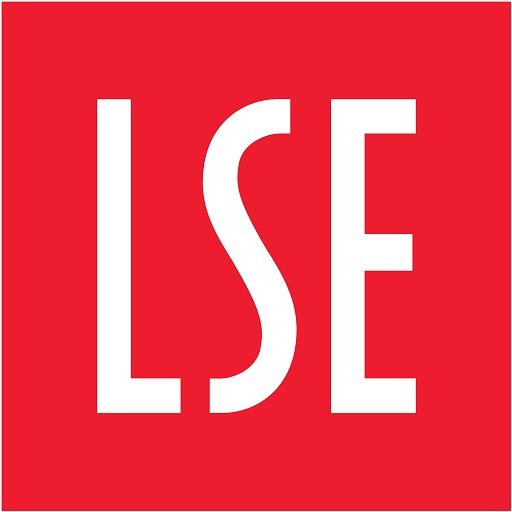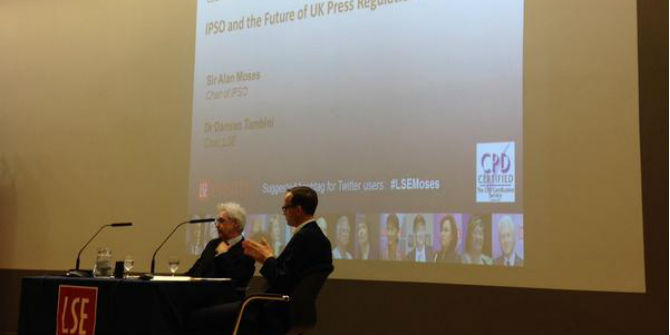 With the media industry still getting to grips with Lord Leveson’s report, Hugh Tomlinson of Matrix Chambers and the Inforrm committee argues that there is more to press regulation than meets the eye.
With the media industry still getting to grips with Lord Leveson’s report, Hugh Tomlinson of Matrix Chambers and the Inforrm committee argues that there is more to press regulation than meets the eye.
The media and political world is has eagerly awaited the report of Part 1 of the Leveson Inquiry into the Culture, Practice and Ethics of the Press. The phrase “press regulation” is used in a variety of different senses. Very often, those involved in the debates talk past each other because they are talking about different types of regulation. This post deals with six different models of press regulation that have figured in the current debate.
The press itself has largely ignored models two to five and but has trie d to persuade readers that the choice is only between models one or six: self-regulation or state control – hence the advert in the Sun (pic). Most proponents of statute based press regulation support a model along the lines of number four: regulation with statutory underpinning, independent of press and government.
d to persuade readers that the choice is only between models one or six: self-regulation or state control – hence the advert in the Sun (pic). Most proponents of statute based press regulation support a model along the lines of number four: regulation with statutory underpinning, independent of press and government.
(1) Self Regulation
This is what we have had in various forms since 1953. Despite repeated failures which prompted successive inquiries and recommendations for tougher regulation, the press has always been allowed to go on acting as judge and jury in its own courtroom. They write the rules and they decide when to enforce them and when to look the other way. The Press Complaints Commission was toothless and had no way of making the industry learn lessons from its mistakes. Self-regulation has failed. In a letter to the press, a group of politicians have suggested that the press should have the opportunity to put in place “a new system of binding self-regulation”. This is the so-called “Hunt/Black” plan. Hacked Off director Brian Cathcart has summarised this as being a proposal
“for a body that is not independent, has a five-year sell-by date (if it lasts that long), has feeble powers of investigation and sanction and actually undermines the freedom of journalists. Crucially, from the point of view of the industry leadership, it leaves editors and proprietors answerable to no one but themselves. And this is the very best the industry has to offer now, in 2012, in the midst of its worst ever crisis of credibility”.
(2) Voluntary Independent Non-Statutory Regulation
In this model the press is answerable to a non-statutory body it does not control. The body would be staffed and led by people who are appointed without industry involvement but without any basis in law. Such a body might seek to act in the interests of the public rather than the press, but it would remain entirely voluntary. It could only impose sanctions if the media agreed to them. No one could be forced to participate. Anyone regulated media body could leave at any stage. This appears to be the model floated by some Conservative MPs as a “tougher” version of the Hunt/Black plan.
(3) Voluntary Independent Self-Regulation with Statutory Recognition
This is the ‘Irish model‘ of regulation. The Republic of Ireland has an ombudsman and a press council, and this arrangement is recognised in their Defamation Act, which also gives certain legal advantages to members. This could not possibly be described as “licensing” of the press as participation is entirely voluntary. The Irish system doesn’t have any fines and it is overseen by their minister for justice. It seems unlikely that this would be acceptable in Britain. Once again, no one is forced to participate and anyone could leave at any stage.
(4) Regulation with Statutory Underpinning
This could have various forms. One suggestion is that a law would be passed creating a regulator, giving it a remit and making it clearly independent of government and of the industry, with independent appointments arrangements. This might be voluntary system with incentives to join (as in the Media Regulation Roundtable proposal) or it might require publishers with circulation or turnover above a certain size to join. The law might also provide the authority to levy fines. Members would either fund it or help fund it through a levy. In a different version, the regulator could be a self-regulator, but it would be subject to inspection by a body created under statute which would ensure it met standards set down in the law. This model does not involve “licensing” although it may require large publishers to be subject to regulation.
(5) Statutory Regulation
This term describes a regulatory body functioning entirely under statute, probably funded by the state and generally answerable to parliament or to a minister. OFCOM is such a regulator for the broadcast media. It licenses broadcasters and lays down the rules within which they must operate, on pain of losing their licences. There is very little support for this kind of regulation for the British press.
(6) State Control
The direct management of the press by the government, enabling full pre-publication censorship – as practised in North Korea. This has never been suggested by any participant in the recent debates. It is a straw man put up by the press for the purposes of attacking models three, four and five.
This post first appeared on the Inforrm blog on 27 November.






1 Comments